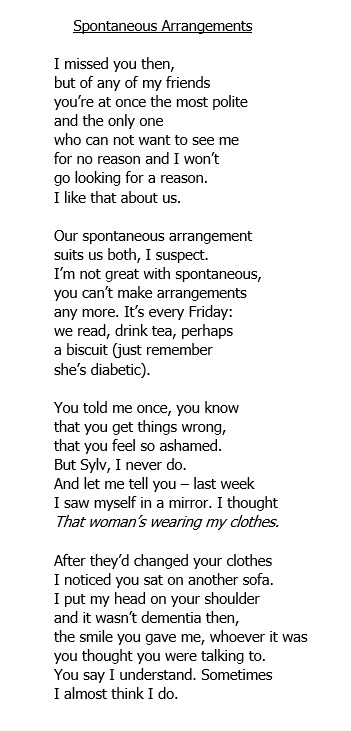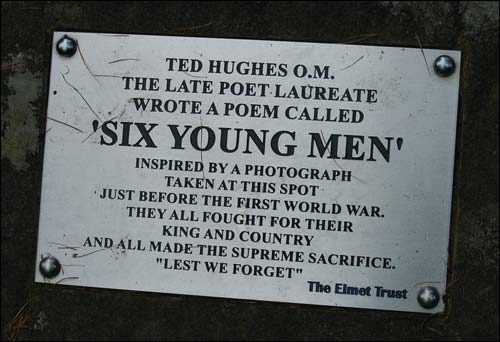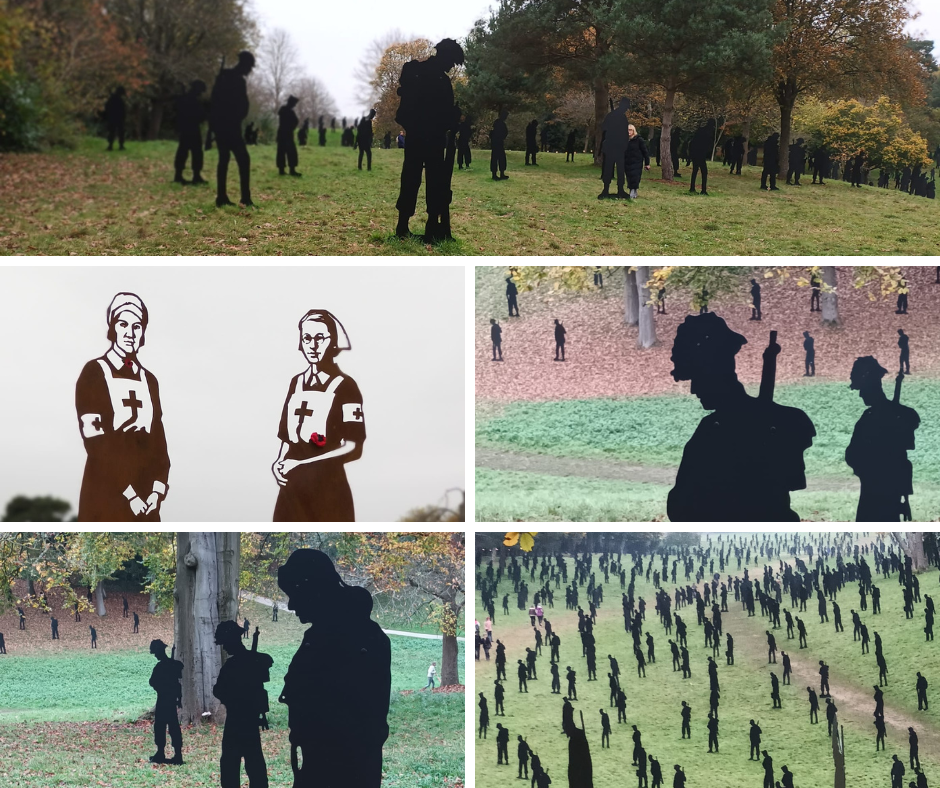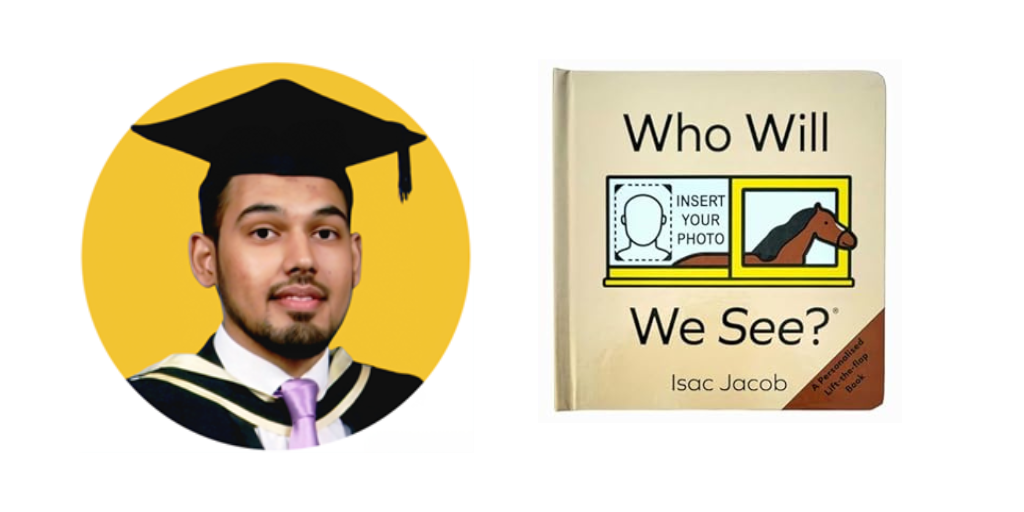By Eithne Cullen

Welcome to November’s Thoughtful Tuesday page, continuing on the theme of ‘Difference.’ I was looking at an old photo with my granddaughter recently and was interested to see how she recognised family members, even though their appearances have changed: going from beard to clean shaven and from long hair to short, in some cases. It got me thinking about how a photo can lead us to think about difference, mark the changes and prompt the memories.
Pen to Print and Write On! writers responded to my musings with some thoughtful pieces I can share with you today.
First, this lovely reflection from Juneha:
The Photo Album
Snippets of a history captured on film and lying in a closed book until opened and re-read. In times of grief, it’s the easiest book to rediscover and find comfort in. A shared moment of joy in front of the lens often succeeds where words fail. But, while giving the biggest hugs and offering the broadest of shoulders, especially in times of heartache and loss, looking back is not always easy. A trip down memory lane can often trigger something deeper – darker, even. Those unsaid conversations, unresolved conflicts, or misunderstood interactions. The what ifs, the maybes, the should haves, and the could have beens. A catalogue of lost opportunities.
That’s the downside of looking at old photos with a new lens. Moments gone can rarely be recaptured, reimagined, and certainly not in the way those memories were once formed. Especially if that time, that person or that moment has gone, and is forever lost.
They say a picture paints a thousand words and indeed it does. But as subjective beings, we look at things differently and, good or bad, every word differs from beholder to beholder. So does every thought. Our recollections are different, as every memory is in line with a specific narrative being told. Thus, in reality, what we see in front of us is only half of that story. The whole truth – with it all its different faces – extends beyond the picture on the page.
© Juneha Chowdhury, 2024
Connect with Juneha on X: @junehachowdhury
*****
This poem, submitted by Isabelle Audiger, reminds us that, even though people may change, they are still the same and their resemblance to family members is still able to shine through.
The Long And Winding Road
It doesn’t take much
A new word
A gesture
The way they comb their hair
How they shave or not
Button their shirt
Wear a coat or a scarf
No, it doesn’t take much
To begin the journey
Towards memories
They will sound like their granddad
Or smile like my mother
Read the same books
“Discover” music
We discovered at their age
“Ah, I remember, I’ve been there
Travelled that path…”
Will they go further?
Will they complete the journey?
We abandoned?
We can only wish them well
Keep our eyes peeled
Our arms welcoming
And our heart open
© Isabelle Audiger, 2024
Connect with Isabelle on Facebook: facebook.com/isaudiger, X: @isaudiger, Instagram: @isabelleaudiger, via their website: isaudigerauteure.over-blog.com and via The Book Edition: thebookedition.com/fr/24418_isabelle-audiger
*****
Amber Hall has written about the power of photographs to capture us in a particular time and place and how the changes we experience inform the next parts of our lives, our relationships.
We Exist In Multitudes
The other day, my partner and I were looking at photographs of ourselves from the years before we knew one another. We both had different hair – his shaved, mine a platinum pixie cut – and we each remarked how unfamiliar the other looked. For a brief moment, there were four of us in the room, not two. Our histories sprang up before us, bringing our pasts into the present. We’ve both worked hard to become the people we are today, and the photographs we shared were plucked from moments of real suffering that, luckily, we’ve managed to put behind us.
When we build memories with another person, we begin to think of them in nuanced terms. As a relationship evolves, both parties gain a depth and complexity in the eyes of the other. The more we know someone, the less we consider appearances. Instead, we tune into the subtle things that make them who they are: the cadence of their voice, the way they move their hands, the sound of their laughter. Photos can capture a lot, but they’re a mimetic medium; our fleshy realness can only be seen and felt fully in three dimensions.
Looking back at my own photos, though, I was struck by how visibly unwell I seemed to be. The quiet rage I felt and took out on myself showed; it seeped out of me like oil slick, sullying the snapshots of my youth. Similarly strained expressions were painted on my partner’s then 20-something face and we were both reminded of how far we’ve come.
When we meet someone, we bring what we’ve lived to the relationship, whether we’re conscious of it or not. To love is to accept someone as they are, but also as they were. There’s a lifetime buried within each of us, and myriad selves to know. Real connection comes when we embrace one another’s many parts – and when we give ourselves the same grace.
We are shaped by the people we love, and by the people who love us. We are uniquely ‘us’ in our relationships, but we are not fixed entities. We exist in multitudes, and it is our interconnectedness that fleshes out those flat images and makes us whole.
© Amber Hall, 2024
Connect with Amber on Instagram: @amber.marie.123 and X: @amber_marie_123
*****
The next two pieces reflect on changes in people, physical and mental, that we can notice and respond to in our own unique ways. Thanks to Carolyn and Claire for sharing these personal pieces.
 © Carolyn Oulton, 2024
© Carolyn Oulton, 2024
*****
The Tallest One In The Room
My mum was always the tallest one in the room. At six foot one, she towered over the other mums and dads in the playground. Easy to find in any shop, or when we were out and about. “She’s a giant,” whispered the other children in awe. I was super-proud of that. My mum was also the best height for hugs. I never grew as much, staying at a paltry five foot nine, but the hugs, they were awesome.
My mum has lost both her legs. She is a double amputee, permanent wheelchair user. She is not the tallest one in the room any more. And you can’t give her a hug. At least, not like you could before.
Her trauma is immense. Incalculable. I can’t even begin to write about it. And how can I even start talking about mine when I haven’t lost both my legs. But this is the thing. This is what you have to acknowledge – even if you only acknowledge it to yourself. Her loss is my trauma too. I lost my mum and had to figure out a different one. Not only has she had to fight for a new identity, I’ve had to create a new one for her as well.
My children never knew their Nana with legs. To them, her wheelchair is a natural extension of herself. She is, and will always be, Nana Wheels. “She doesn’t have legs,” whisper the other children in awe. My two are super proud of that.
© Claire Buss, 2024
Connect with Claire on Instagram: @grasshopper2407, Facebook on facebook.com/busswriter and via her website www.clairebuss.co.uk
*****
And finally, thinking about this theme and the influence of photographs reminded me of a poem I love by Ted Hughes. It’s called Six Young Men. The poem tells of six young men caught in a photo before going off to war. It describes the hopeful young men in the photo in a beautiful place. Then we are shocked to learn that all died in the war.
I started looking into the story behind the poem and found a piece from the Hebden Bridge Web pages about the poem being read in the place pictured in the photo where a commemorative plaque was laid. Chris Ratcliffe has given me permission to share a picture of the plaque celebrating the place.

I wanted to mention the poem here as a reminder that November is the month of remembrance for all those who have died in war. We tend to think of the fallen of the two World Wars at this time.
Reflecting on the differences made to our lives by those who fought in wars, I’d like to share some images with you. We were fortunate to visit the gardens at Stowe, For Your Tomorrow – The People’s Tribute, an installation of created by community artist Dan Barton, with the number of figures in the display representing the number of fatalities under British command on 6 June 1944.
It’s a powerful piece of art. The silhouettes represent the military personnel from all the major services. Two nurses have been included: Sister Mollie Evershed and Sister Dorothy Field, who died while helping to save 75 men from the hospital ship SS Amsterdam. There are also figures of French Resistance members in the shadowy bushes. It’s worth a visit, if you can. It gives us a moment to think about the scale of the sacrifice we should all remember.
Eithne

Issue 22 out now, click here to read. You will also find it in libraries and other outlets. Alternatively all current and previous editions can be found on our magazines page here.

You can hear great new ideas, creative work and writing tips on Write On! Audio. Find us on all major podcast platforms, including Apple and Google Podcasts and Spotify. Type Pen to Print into your browser and look for our logo or find us on Spotify.
*****
If you or someone you know has been affected by issues covered in our pages, please see the relevant link below for information, advice and support:



